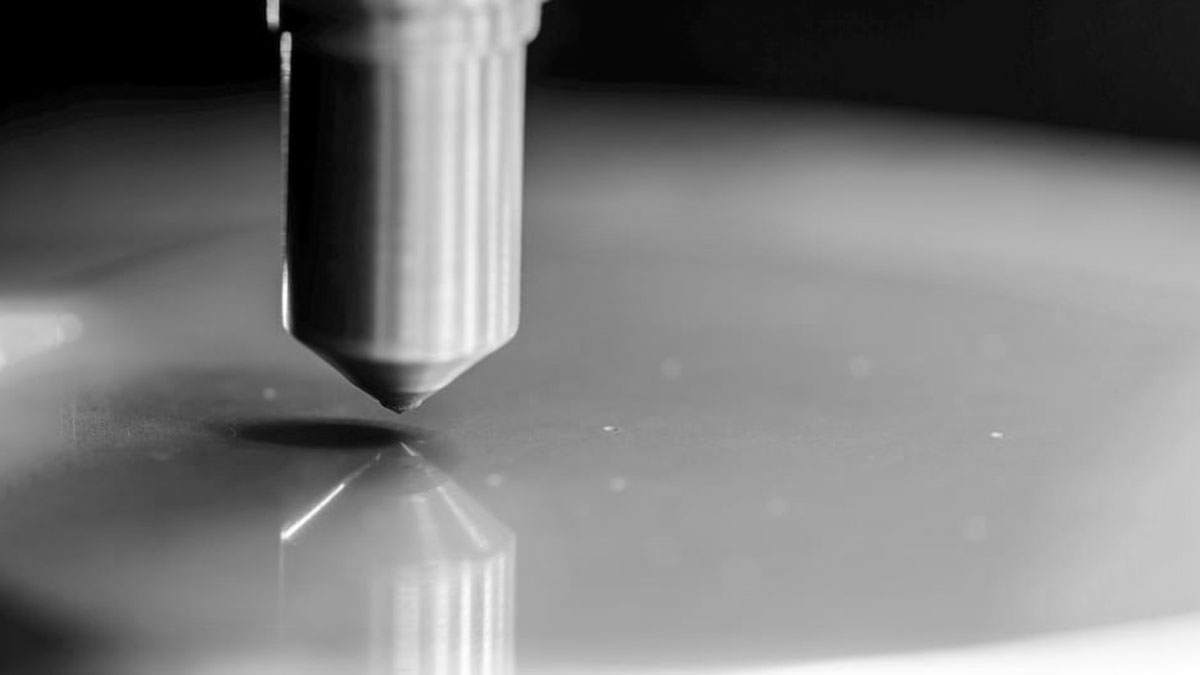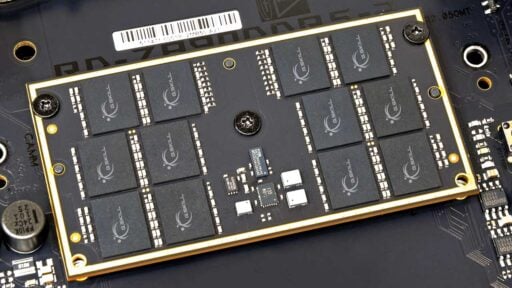Do you ever get confused trying to choose the best-suited hardness testing method for your products?
With so many testing methods available, including Leeb hardness testing, Brinell, and Rockwell hardness testing, you will need some criteria to choose the one that best suits your testing needs.
Making this choice can be nerve-wracking, sometimes with so many things to consider.
You will have to consider things like the suitability of the test load for the material and the hardness range of the test method.
There is also the issue of the precision and accuracy level of the tester without forgetting the cost implications of using the testing method, which a lot of individuals consider as most critical.
The ease of use of the testing device is another critical factor that can make or mar your hardness testing processes.
That confused person shouldn’t be you.
In this guide, we’ll take you through the most important criteria to consider when choosing a hardness tester for your inspection.
So, if you’re ready, let’s dive right in.
What are the available hardness testers?
The hardness of a material is its resistance to deformity when loads are applied to the material. Hence, hardness testers measure this resistance for each material and ascertain its strength.
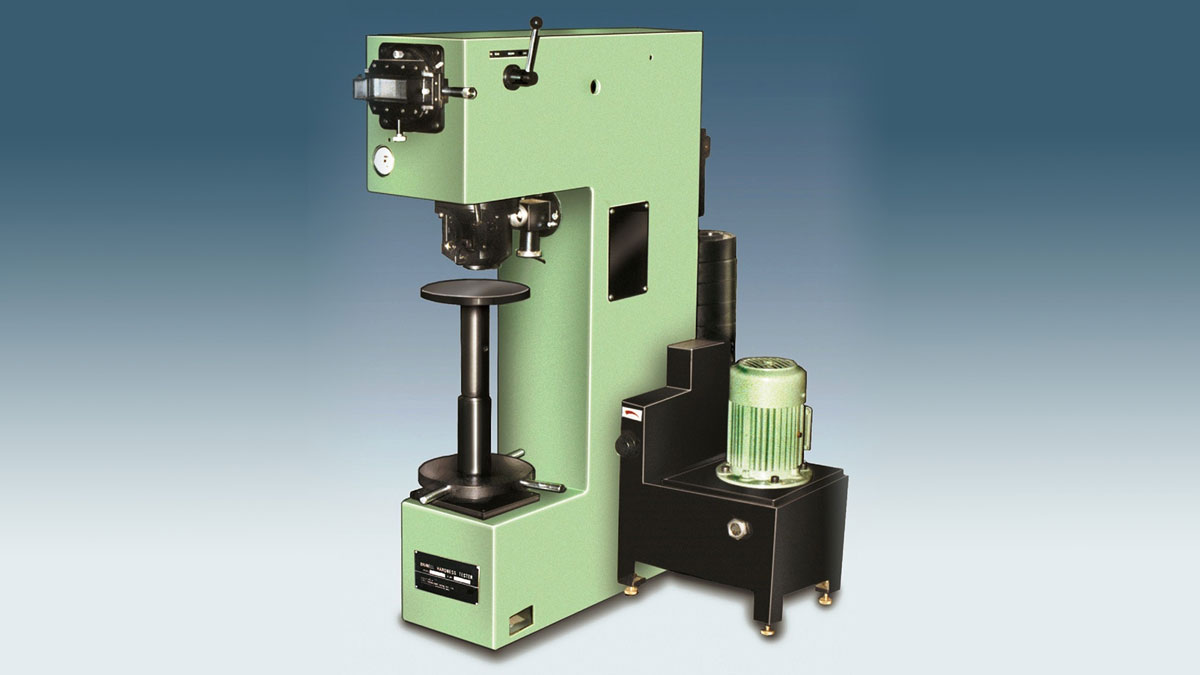
Often, material hardness testers come with harder devices to make an indentation on the sample material and take measurements of the impression. The more rigid materials are usually steel balls or diamond cone.
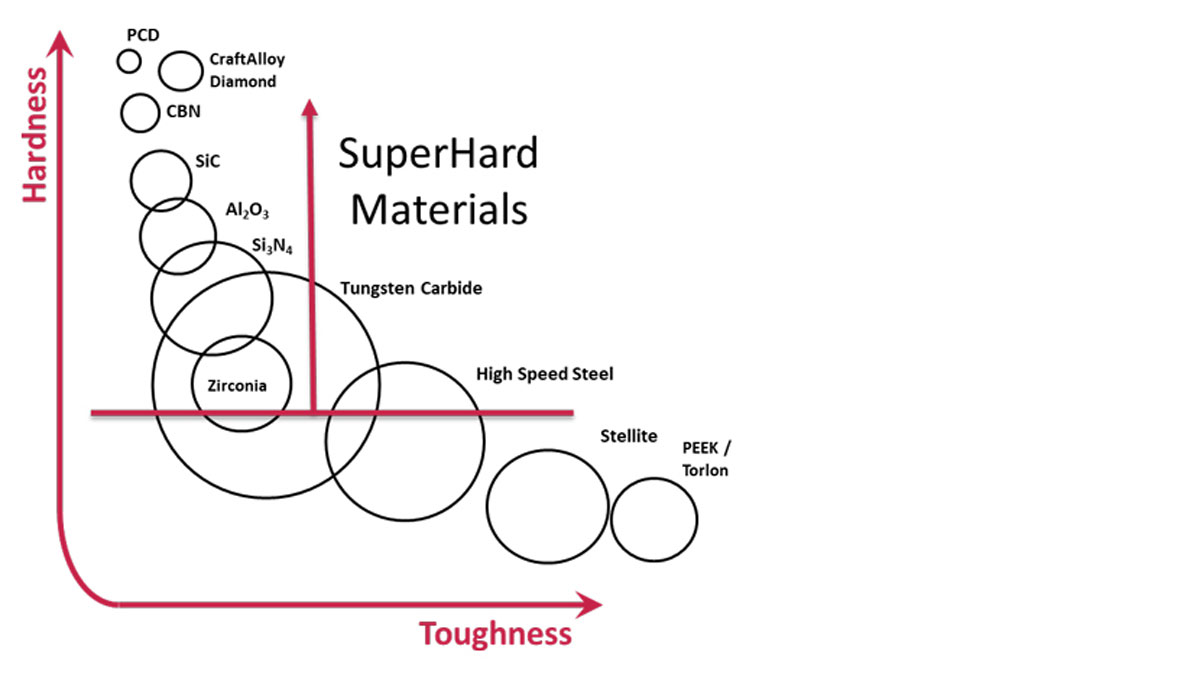
However, the first things to consider in your selection process for the best hardness testing is to know your options.
There are various testing options, and they differ in so many ways. These ways include sample materials, testing loads, mode of load application, size of indentation, and the portability of the device.
For instance, the Vickers hardness testing uses optical methods to determine the hardness of the material. It is often suitable for laboratory testing.
So, let’s look at the most popular hardness testing options available to you and the advantages that make them ideal for different testing conditions.
The hardness testing that’s right for you
The different hardness testing methods highlighted below show their different testing modes, advantages, and disadvantages. We’ll consider these testing methods using the following four criteria.
- Its hardness range
- Test loads
- Result accuracy
- Ease of use
Brinell hardness testing
The indenter, in this case, is a steel ball that can have a small to large diameter prescribed according to the thickness of the material sample. It also has wide use for industrial hardness testing.
Its main advantage lies in its use for testing rough surface that otherwise will have been hard to use other hardness testing methods.
It also uses very high loads of up to 3 Tonnes with a wide varying size and diameter of indenter ball.
Also, the Brinell tests give a result with very high accuracy with all types of metallic samples and other materials.
However, you still need to prepare the surface of the sample before testing. Also, the results are not entirely free from errors, especially parallax errors, since it uses optical means for measurement.
This test is expensive and is not suited for cylindrical materials. The reason being that the sample material must be completely flat on the platform. The testing duration can be very long, too, so that you cannot carry out routine tests.
Vickers hardness testing
This method is similar to the Brinell, with the difference being the shape of the diamond cone used for sample penetration. The Brinell tester uses a square-based diamond cone for testing, while the Vickers tester uses a round base.
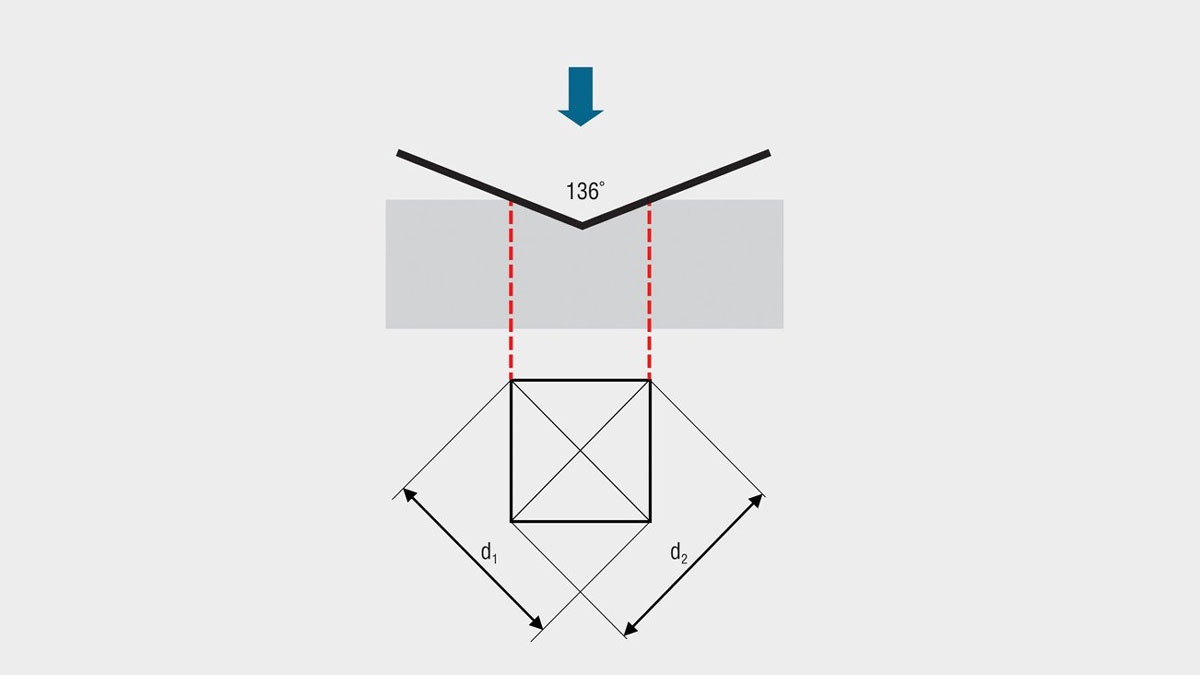
The Vickers hardness tester has a simple operation procedure when compared to other testing methods. It also has a wide measuring range as well as a measuring process independent of the indenter.
Nonetheless, the test duration is longer and prone to error if the sample’s surface is not prepared. Also, you cannot use it for routine testing. Material testing requires higher test loads and will need an additional hardness testing method.
Leebs hardness testing
This method is unlike the other techniques aforementioned because it uses rebound rather than indentation to measure the hardness and strength of a material.
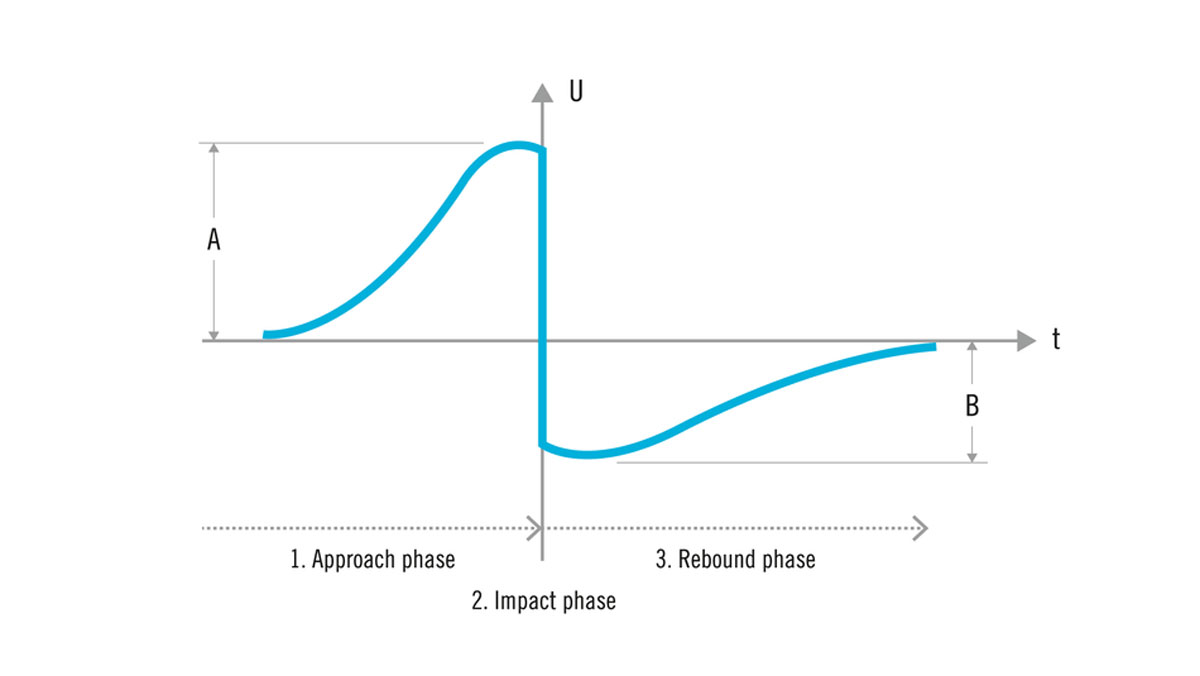
The rebound height is measured and compared to an indexed table of rebounds to ascertain the hardness value for the test sample.
The main advantage of the Leebs hardness testing is its ability to test materials on-field or any other location since it is portable.
Also, it is swift and getting results is almost automatic. Nonetheless, it is still able to measure the hardness values of large test samples.
Though, it cannot be used for materials with rough surface and the sample must be flat when tested. The weight of the sample must also be at least 5kg for best results.
Final thoughts
Finally, you will get the best hardness tester when you’re in the market for a suitable testing device if you diligently consider the criteria outlined in this guide.
Also, consider your budget and put into consideration the importance of portability, ease of operation, and the expected accuracy of the result, as they are very critical to the quality of your products.

